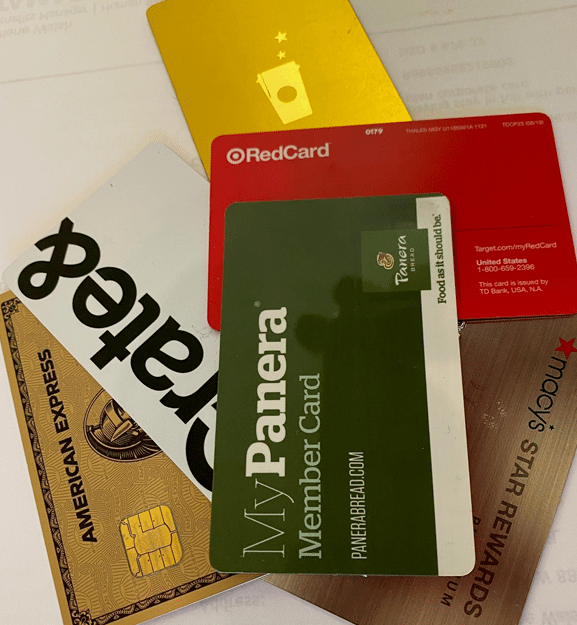Scroll to bottom to add a comment
Everyone knows that loyalty programs are offered by airlines and hotels. In fact, it’s hard to compete in these industries without offering some type of loyalty (or frequent user) program. Buyers have come to expect the perks and benefits that come with such programs. Which means those programs are producing the desired effects – repeat buyers.
There are other industries where such programs are commonplace, such as credit cards that give you rewards in the form of points? Or, restaurants that offer free food/drink (think Starbucks, Panera, Uber).
One thing these company programs have in common is that these loyalty/rewards programs mostly sell B2C (direct to consumers). When it comes to B2B sales, loyalty programs more frequently take the form of price reductions. Could there be different offerings that might be more of an incentive?
If you are mostly B2B, it may be a good time to review your loyalty programs, and determine if your program is maximizing the benefit and increasing repeat business.
Home Depot recently announced an expansion of its rewards program for trade professionals. While we mostly think of Home Depot as a B2C business, Hector Padilla, Executive Vice President of Outside Sales and Service for The Home Depot, was recently quoted in the January 6 edition of Modern Distribution Magazine “Pros make up about 10 percent of The Home Depot’s customer base and approximately half of our sales.”
When we’ve worked with B2B companies, clients confirm that the 80/20 rule applies – 80% of business comes from 20% of customers. In this instance, the 20% of customers who do most of the buying are the customers most companies depend on to stay in business. In this case, that’s who a loyalty program should be built for, and in the case of Home Depot, that’s what their loyalty program expansion is trying to accomplish.
Some companies use a customer’s sale volume to identify them as gold, silver or platinum, or A, B or C ranking, to determine a discount each might receive. Some offer frequent purchasers items like dinners, gifts, or trips.
If your business is predominantly B2B, and you haven’t already initiated a loyalty program, you might consider one. It is important, however, that you do the math. Be careful you are not chipping away at margins too much. The goal is to “retain” customers while protecting the bottom line. Simple, common sense, but some companies get carried away with going after or protecting market share.
In a majority of B2B industries, it’s likely to give you a competitive advantage for a while. It doesn’t take long for competition to learn about your loyalty program so it should be reviewed and updated from time to time to make it more inviting. Also be certain sure your salespeople are communicating the loyalty opportunities on a regular basis to maximize it as a competitive advantage.
February, 2023


